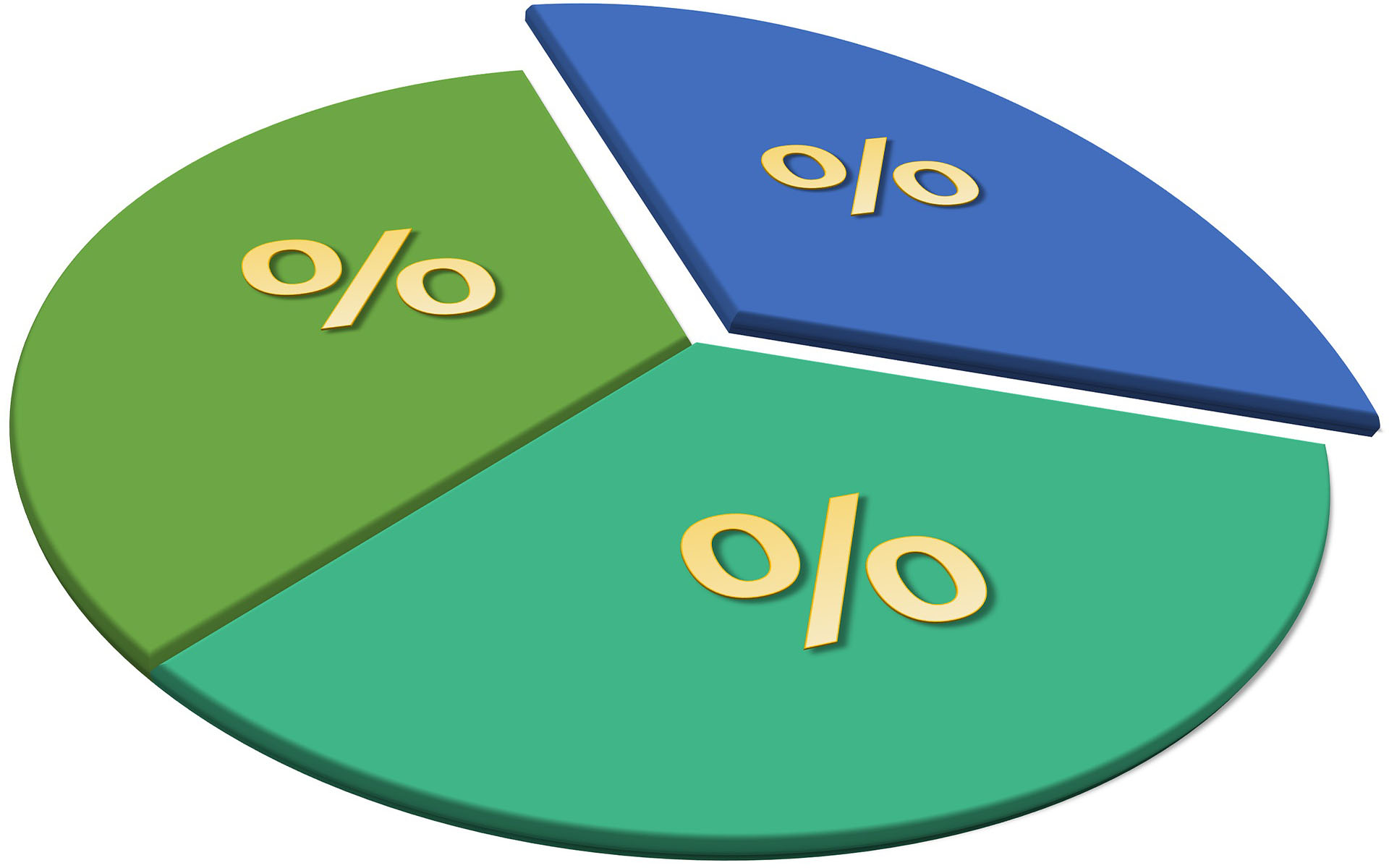
Performance assessments
An integral part of the learning organization’s performance assessment program provides in-depth evaluations of organizational functions or characteristics for the purpose of identifying improvement opportunities.
performance assessments are powerful tools deriving their heightened value from the synthesis of information from multiple sources; creating a rich, integrated picture of organizational performance as compared to established standards and marketplace benchmarks. This integrated picture of performance also benefits from the progressive infusion of knowledge and experience applied to the initial interpretation of data used to develop the assessment’s source information.
Business performance assessment programs
programs are comprised of periodically scheduled and event driven assessments. Because these assessments are not performed on a continual basis, they are inappropriate for the monitoring of rapidly changing conditions. Circumstances for which periodic and event driven assessments are performed can be described as:
Scheduled
- Foundational:assessments occurring at a given frequency within a defined time interval typically focused on core business risks, operational goals, and organizational values. These assessments target those critical organizational functions and characteristics which present significant risk, must be performed with precision, or require continuous improvement to maintain marketplace competitiveness
- Situational:assessments targeted at specific high-risk activities to ensure risk mitigating behaviors and mechanisms are present during these critical times. These assessments include reviews of the integrated training, execution, and follow-up improvements associated with these events
Unscheduled
- Even-based:assessments performed after a significant performance expectation violation that sets a dangerous precedent or causes significantly adverse impacts to the organization. The assessments scans a broad number of organizational groups, especially those performing similar operations to that group in which the violation occurred, so to identify the extent of condition of the undesired deviation and to broadly reinforce adherence to proper management standards. Note that the self-assessment and corrective action programs should also be examined to determine why precursor deviations were not identified and corrective action taken prior to the event’s occurrence
- Random:assessments reinforcing desired behaviors performed at the discretion of the self-assessment program manager and/or senior organization leaders. Such random assessments reinforce with employees the need to be ever vigilant to the adherence of workplace standards because their compliance is monitored at all times


